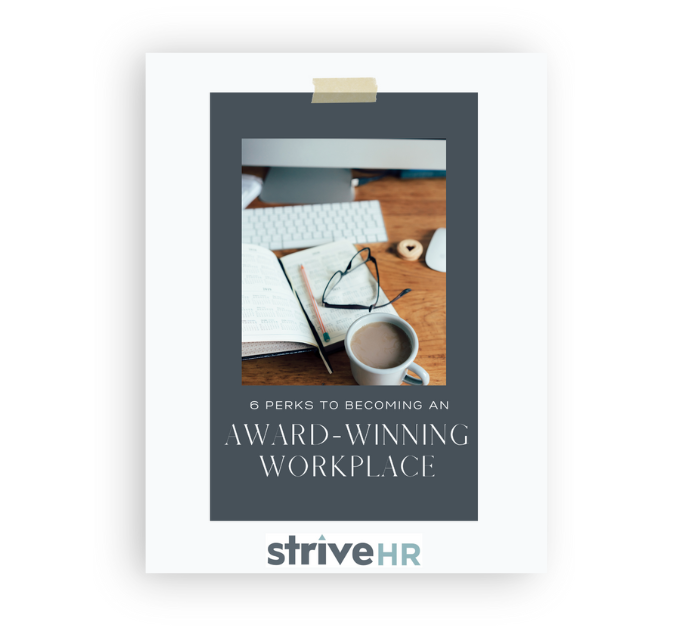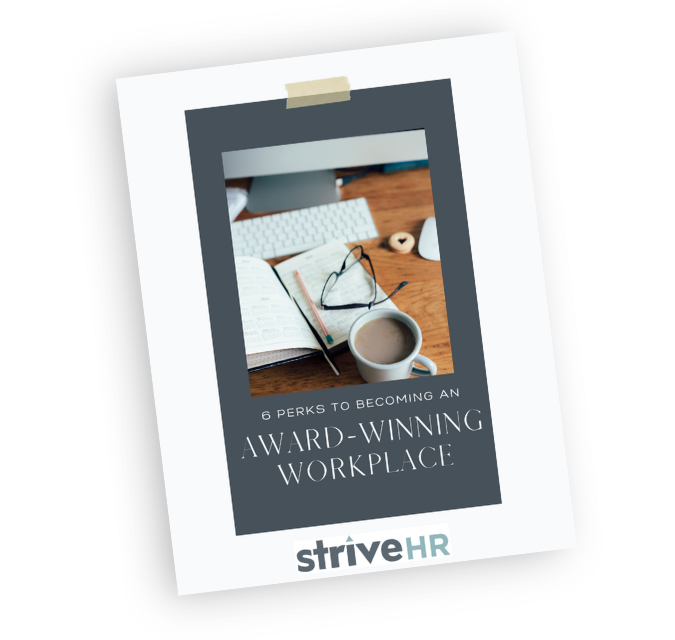One of the most common feelings my HR coaching clients share with me is that they are feeling overwhelmed in their role. They are not alone and are not the only professionals feeling this way. Managers, executives, and senior leaders are all experiencing this. It’s not the same as burnout, though they can be related.
The feeling of being overwhelmed at work has become increasingly common. The constant influx of emails, meetings, deadlines, and the pressure to perform can leave even the most seasoned professionals feeling swamped. This feeling of overwhelm isn’t just an emotion. It can have an impact on your productivity, decision-making and overall well-being. Recognizing and addressing these feelings are the first steps towards helping you prevent burnout, which often follows overwhelm and you can also get professional help for this, with treatments that help with mental strength and more.
Understanding Overwhelm vs. Burnout
The words burnout and overwhelm are sometimes used interchangeably, however they are very different, and one actually can lead to the other.
Burnout is different from overwhelm. Psychology Today tells us that physical and mental exhaustion, a sense of dread about work, and frequent feelings of cynicism, anger, or irritability are key signs of burnout. It is often the result of prolonged stress and can manifest in a variety of ways, including emotional exhaustion, depersonalization, and a decreased sense of accomplishment.
On the other hand, overwhelm is that feeling when you have too much on your responsibility plate and wonder how you will ever get everything done. Psychology Today also tells us that overwhelm can be described as a feeling of being “in over your head,” which can lead to anxiety, unhealthy stress, and eventually burnout if not managed properly. Overwhelm can make you feel paralyzed, unable to prioritize or even start tasks. It’s that moment when your to-do list seems never-ending, and every task feels equally urgent. Taking a quick breather with your favorite pulse x flavors can offer a small but welcome reset in the middle of chaos.
Preventing Overwhelm from Leading to Burnout
Let’s talk about how you can take a preventative approach to that feeling of overwhelm so that it doesn’t lead to burnout. You want to achieve a balanced, thriving work environment, moving beyond mere survival mode. It’s about recognizing the signs early and implementing strategies that help manage overwhelm before it escalates. When you feel overwhelmed or stressed out, using cannabis products mentioned by this CBD review may help calm your mind.
How Overwhelm Affects Different Roles
HR Professionals
HR professionals are often the lead of the organization’s people strategy, spearheading workforce planning and the go-to advocate for employees. The feeling of overwhelm can arise from juggling multiple responsibilities, from employee relations to compliance issues. The pressure to be constantly available and manage these diverse tasks can lead to overwhelm if not managed properly.
Additionally, HR professionals are encouraged to be the face of the organization and maintain a positive demeanor while providing support to employees, even when they are feeling the weight of their own responsibilities. This dual role of being a support system while managing these tasks can create a unique set of challenges that contribute to feelings of overwhelm.
Managers
Managers face the daily challenge of leading teams, meeting organizational goals, and maintaining a positive work environment. The sense of overwhelm can stem from the constant need to support team members while also achieving personal and departmental objectives. The balancing act of managing while producing can challenge even the most seasoned manager to find time for both strategic thinking and personal development.
Also, managers often act as a buffer between upper management and their team, which means they are navigating pressures from both directions. This can create a high-stress environment where managers feel pulled in multiple directions, struggling to balance competing demands.
Senior Leaders and Executives
Senior leaders and executives carry the weight of organizational success on their shoulders. The responsibilities of strategic decision-making, stakeholder management, and maintaining company vision can be overwhelming. The isolation that often accompanies high-level positions can make it difficult to find peers to confide in, adding to the sense of overwhelm.
Furthermore, the expectation to always be visionary and forward-thinking can create a relentless pressure to perform. Executives are often required to make tough decisions with long-term implications, adding a layer of stress that is unique to their roles.
Leading by Example and Building a Strong Workplace Culture
As leaders within your organization, you likely feel a responsibility to lead by example and support strong workplace culture. Admitting feelings of overwhelm might seem like a sign of weakness, but it’s important to recognize that vulnerability can also be a strength. It can help create a more open, supportive environment where employees feel comfortable expressing their own challenges. By demonstrating that it’s okay to ask for help and prioritize mental health, you can inspire others to do the same.
Strategies to Manage Overwhelm
If it feels like your to-do list is growing faster than a TikTok trend, let’s look at some practical tips to deal with overwhelm:
1. Acknowledge the Feeling
The first step in overcoming overwhelm is acknowledging it. Denying or ignoring your feelings won’t make them go away. Accepting that you are overwhelmed allows you to address the root causes and find solutions. It’s essential to give yourself permission to feel overwhelmed without judgment.
2. Recognize the Feeling
Take a moment to understand what is causing your overwhelm. Is it a specific project, a buildup of small tasks, or the pressure of high expectations? Identifying the source can help you tackle the problem more effectively. Sometimes, writing down your tasks and stressors can provide clarity and make the situation feel more manageable.
3. Don’t Stay There Too Long
While it’s important to acknowledge and recognize your feelings, don’t dwell on them. Staying in a state of overwhelm can lead to inaction and increased anxiety. Set a time limit for reflecting on your feelings, then move on to finding solutions. Allow yourself a designated period to process your feelings, and then shift your focus to actionable steps.
4. Identify Action Items
Break down your tasks into manageable action items. Prioritize what needs to be done first and focus on one task at a time. Creating a clear, actionable plan can help reduce the feeling of being overwhelmed. By focusing on one step at a time, you can prepare yourself to make steady progress over your workload.
5. Prioritize What to Focus On
You may be looking at a long list of to-dos, however you likely know that not all tasks are equally important. What is important is to prioritize your tasks based on urgency and impact. This will help you focus on what truly matters and delegate or postpone less critical tasks. Learning to say no or delegate tasks can be an essential skill in managing overwhelm.
6. Evaluate Effectiveness
After implementing your action plan, it’s time to evaluate its effectiveness. Did the steps you took help reduce your overwhelm? If not, adjust your approach and try different strategies until you find what works best for you. Continuous evaluation and adjustment are key to finding sustainable solutions.
7. Move Forward
It’s okay to spend some time acknowledging your feelings, but it’s crucial to keep moving forward. Taking proactive steps to manage overwhelm will help you regain control and maintain your productivity. Remember, progress is often more important than perfection.
Additional Tips for Staying the Course in Your Work Life
It’s important to understand that managing overwhelm in your work life is not just about handling immediate tasks. It’s also about creating an environment for you and those around you that support maintaining a healthy work-life balance, focusing on mental health, and creating a positive workplace culture.
Connect to Your Values
Connecting to your values and those aligned with your organization can provide a sense of purpose and motivation. When you understand how your work contributes to larger goals, it becomes easier to stay focused and motivated. This alignment can also help you make decisions that are in line with both personal and organizational priorities, reducing the sense of being pulled in conflicting directions.
Align with Corporate Strategies
Ensuring that your work aligns with corporate strategies is another essential aspect. When your tasks and projects are directly tied to strategic goals, it can help prioritize your efforts and give a clear sense of direction. This alignment not only helps in managing your workload but also enhances your impact within the organization, making your efforts feel more rewarding and less overwhelming.
Reach Out for Support
Reaching out for help is a critical strategy for managing overwhelm. Don’t hesitate to seek support from a coach, mentor, or network of trusted advisors. Talking to someone who understands your challenges can provide valuable insights and help you develop effective strategies. Sharing your experiences and gaining perspective from others can alleviate feelings of isolation and provide practical solutions to your problems.
Conclusion
Overcoming overwhelm is not about eliminating stress from your life entirely; it’s about managing it effectively. By acknowledging your feelings, prioritizing tasks, and seeking support when needed, you can move from a state of overwhelm to one of empowerment. As leaders within your organization, you can lead by example and show others how you are learning to deal with overwhelm and utilizing tools and resources to thrive in your roles. Take these proactive steps to manage your stress, and create a supportive, thriving work environment for yourself and your team.
You know the importance of having a strong workplace culture, and the impact that having a great culture does for the success of an organization. If you are looking for ways to make your workplace culture even better, then check out 10 Ways to Boost Your Corporate Culture by striveHR. This resource will give you ideas you can act on today that will have a positive impact on your corporate culture.




